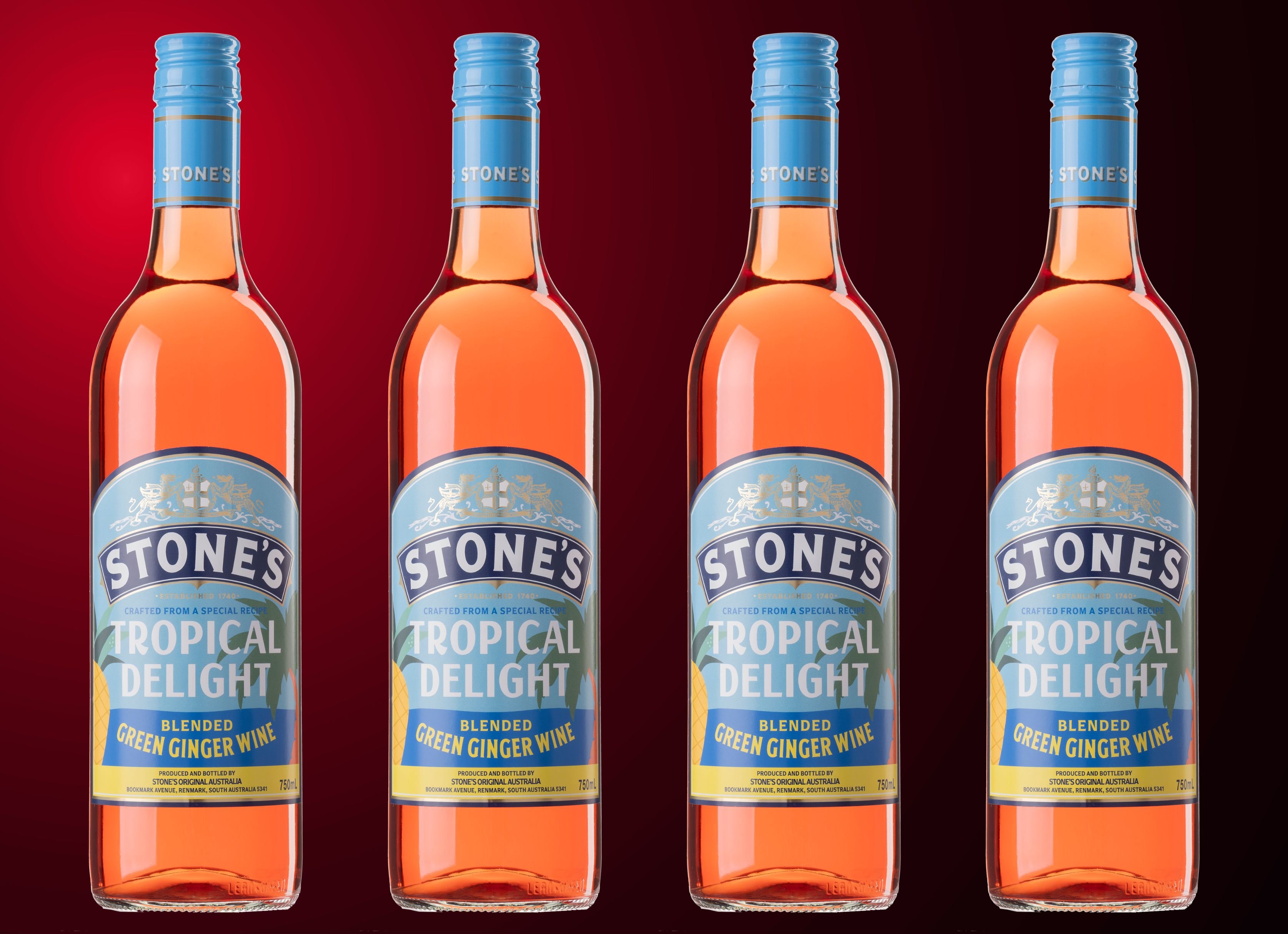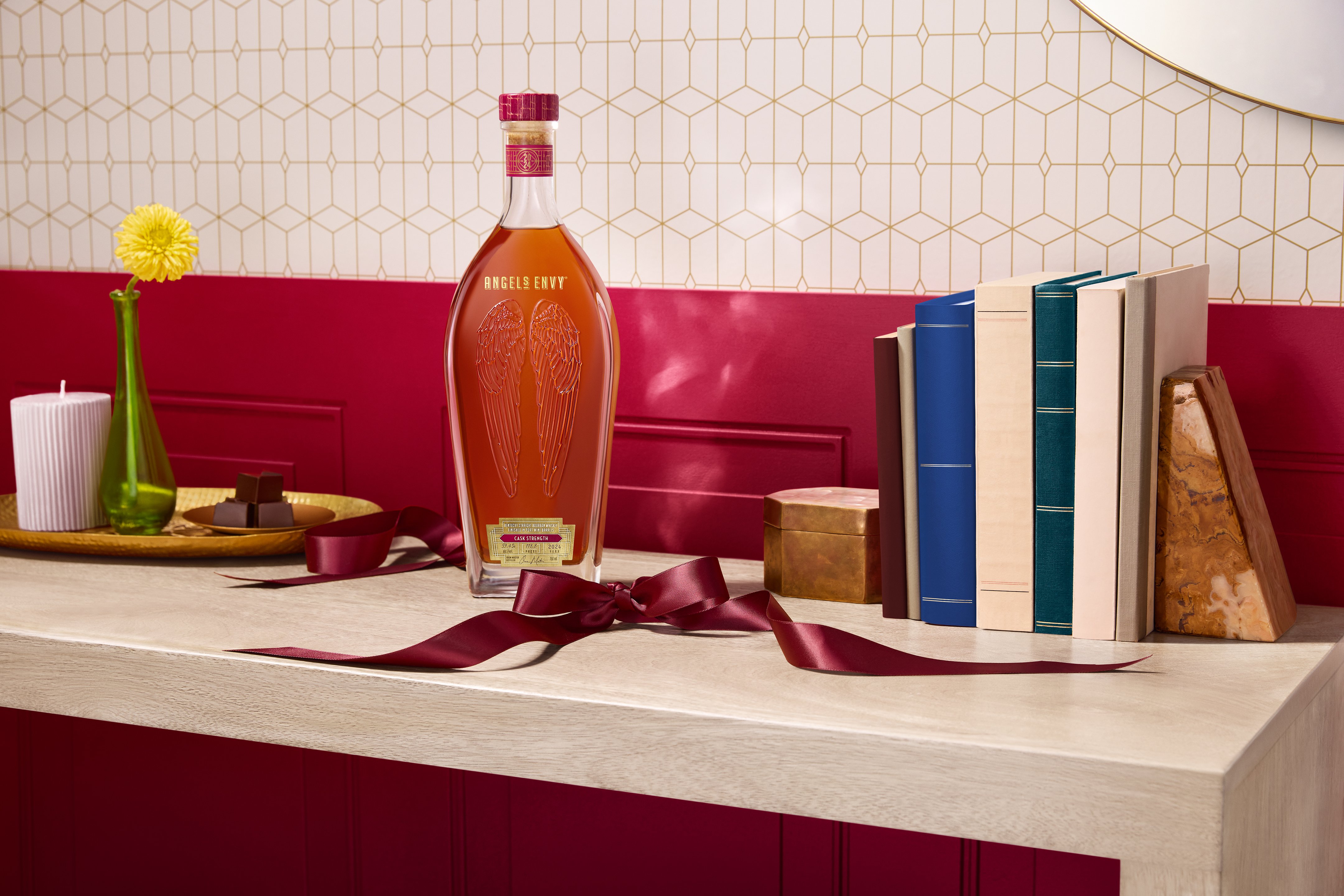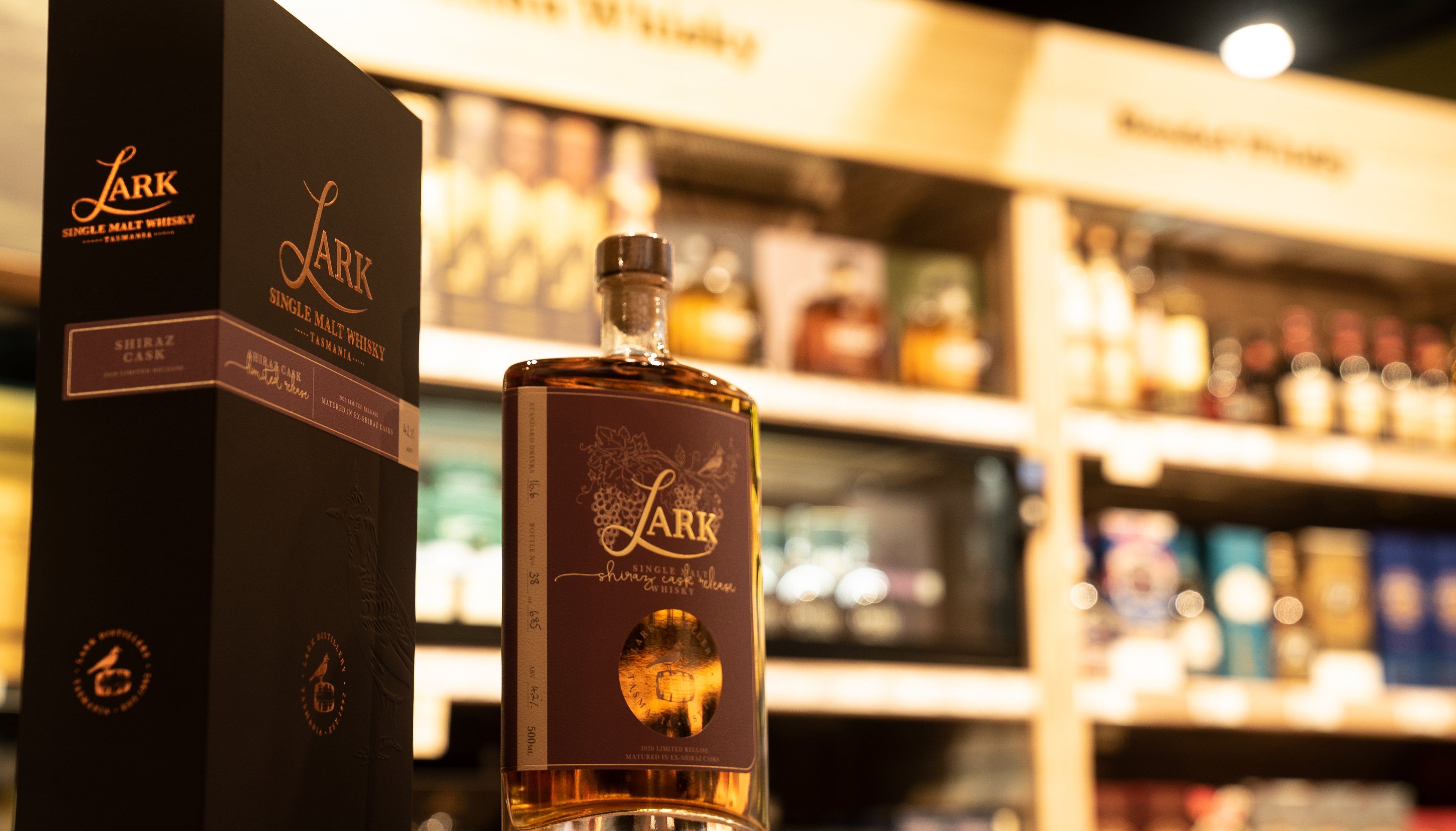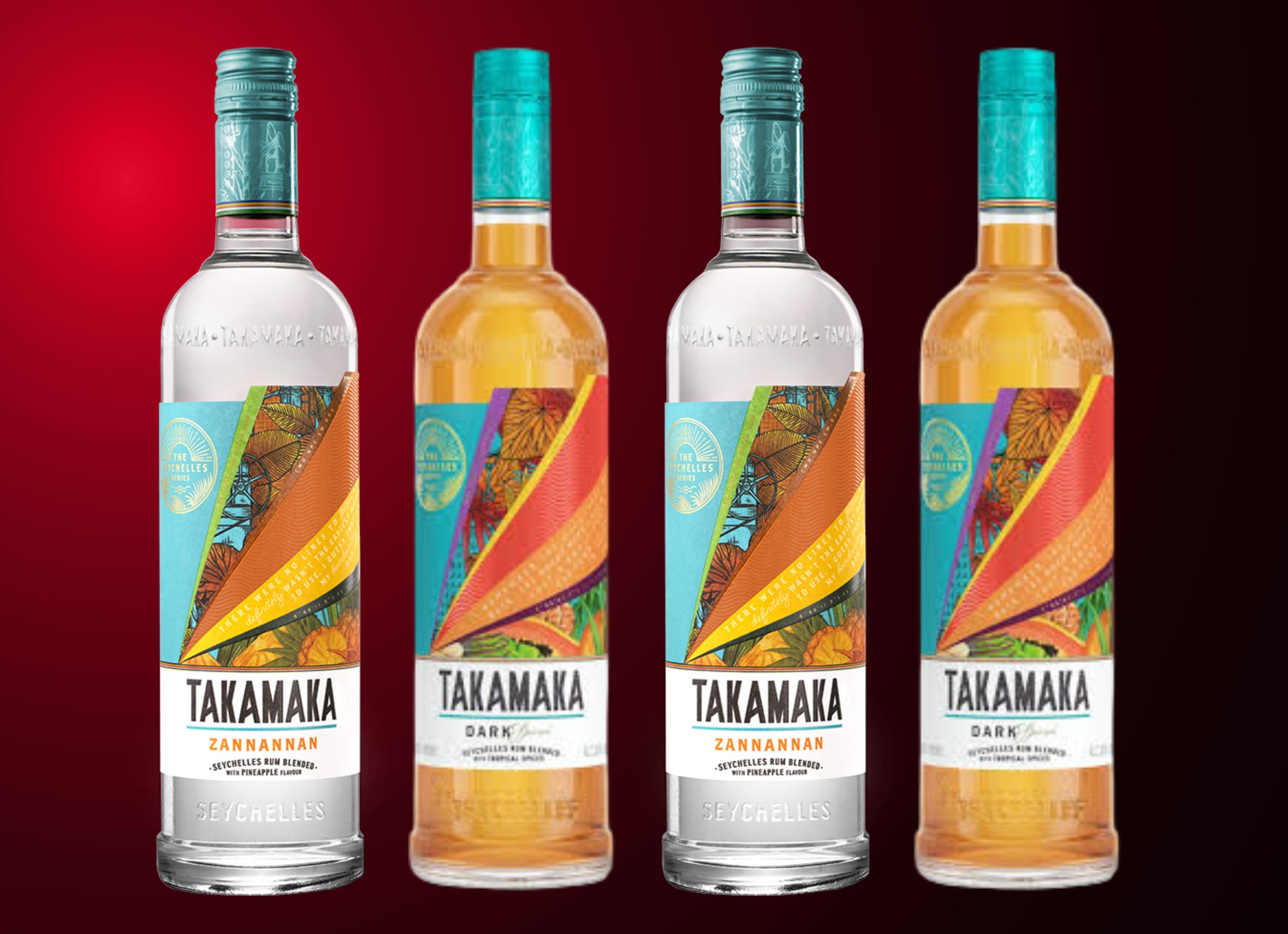Tasmania a Hot Bed for Whisky Production, New Microbrewers and Distillers, Falling Alcohol Consumption and Intensifying Pricing Competition
The Australian alcohol industry is expected to grow over the next five years with the number of local craft brewers and distillers on the rise. Tasmania, in particular, is predicted to become a hotbed for whisky as its reputation for premium single malts grows. The industry won’t be without its usual challenges, however. According to IBISWorld Senior Industry Analyst, Andrew Ledovskikh, the industry will continue to face falling alcohol consumption per capita, tax and licensing law changes, intensifying pricing competition and a battle for market share.
Beer
Revenue: $4.2bn
Profit: $669.1m
Businesses: 311
Annual Growth 2017-22: -0.5 per cent
IBISWorld research expects intensifying competition, pricing pressure from the dominant liquor retailers and declining beer consumption to worsen already declining beer sales over the next few years with the industry’s revenue predicted to decrease at an annualised rate of 0.5 per cent between now and 2022.
Lion and SABMiller (Carlton & United Breweries) will continue to battle over market share as the country’s two biggest beer manufacturers. Together, the brewers represent over 80 per cent of the market.
Traditional beer brands show little sign of returning to their former glory days as consumer preference for quality over quantity and growing health trends pass the popularity vote over to premium and craft beers. Cider and wine are also expected to replace a number of pints as consumers switch to other beverages.
Growth in craft beers will see the number of local craft breweries increase to 293 by the end of 2017, with several predicted to be acquired by the larger beer manufacturers.
Segments in growth
Mid-Strength Beer
Low-Carbohydrate Beer
Premium Beer
Craft Beer
Segments in decline
Full-Strength Traditional Beer
Light Beer
 Stomping Ground Brewery, one of the newest craft breweries to open in Melbourne
Stomping Ground Brewery, one of the newest craft breweries to open in MelbourneWine
Revenue: $6.2bn
Profit: $198.1m
Businesses: 1,842
Annual Growth 2017-22: 2.4%
Wine is the biggest contributor to the Australian alcohol industry, accounting for 51 per cent of revenue. The category’s biggest players are Treasury Wine Estates with 10.7 per cent market share, Pernod Ricard with 9.4 per cent and Accolade Wines with 8.9 per cent.
Wine oversupply, decreasing demand from export markets, declining alcohol consumption, private-label and control-label wines have put pressure on the industry over the last few years, but IBISWorld predicts strong growth over the next five years with many bulk wine producers expected to leave the market; improved pricing, an ease in global oversupply, a shift from the larger producers towards premium branded wine and growing demand from China and other established markets.
Ledovskikh said, "Chinese imports of Australian wine grew by 50 per cent in 2015-16 and the average price point was US$6.38 per litre, which is quite high compared to other markets."
Industry revenue should increase by 2.4 per cent each year through to 2022 to reach $7billion according to IBISWorld.
Segments in growth
Shiraz
Merlot
Sauvignon Blanc
Pinot Gris
Semillon
Sparkling
Segments in decline
Cabernet Sauvignon
Chardonnay
 Bill Lark, founder of Lark Distillery, one of Tasmania’s best-known whisky producers
Bill Lark, founder of Lark Distillery, one of Tasmania’s best-known whisky producersSpirits
Revenue: $1.8bn
Profit: $229.3m
Businesses: 67
Annual Growth 2016-2021: 1.5 per cent
Growing health consciousness and declining spirit consumption have impacted on the spirit industry’s growth in recent times. The RTD segment, which represents the category’s biggest revenue stream, also remains in decline. Interest in more premium, new and local spirits is helping to balance things out, however, and the local industry is expected to keep growing over the next few years. In particular, consumers seem to be interested in Australian gin and whisky and Tasmania is expected to become a hotbed for the latter, home to 11 of the country’s 29 distilleries.
The increase in popularity of cocktails and premium spirits over the last few years suggests there will also be more demand for pre-mixed cocktail drinks and higher value spirits, which will be helped by more consumers trying their hand at making cocktails at home.
The biggest spirit manufacturers in Australia are Diageo with 24.5 per cent market share, Coca-Cola Amatil/Beam Suntory with 15 per cent and surprisingly, Asahi Holdings, following its acquisition of Independent Distillers, with 12.8 per cent.
IBISWorld expects industry revenue to increase by 1.5 per cent each year between now and 2021 to $1.9 billion.
Segments in growth
Ready-To-Serve Cocktails
Tasmanian Whisky
Liqueurs
Segments in decline
RTD
Share the content










